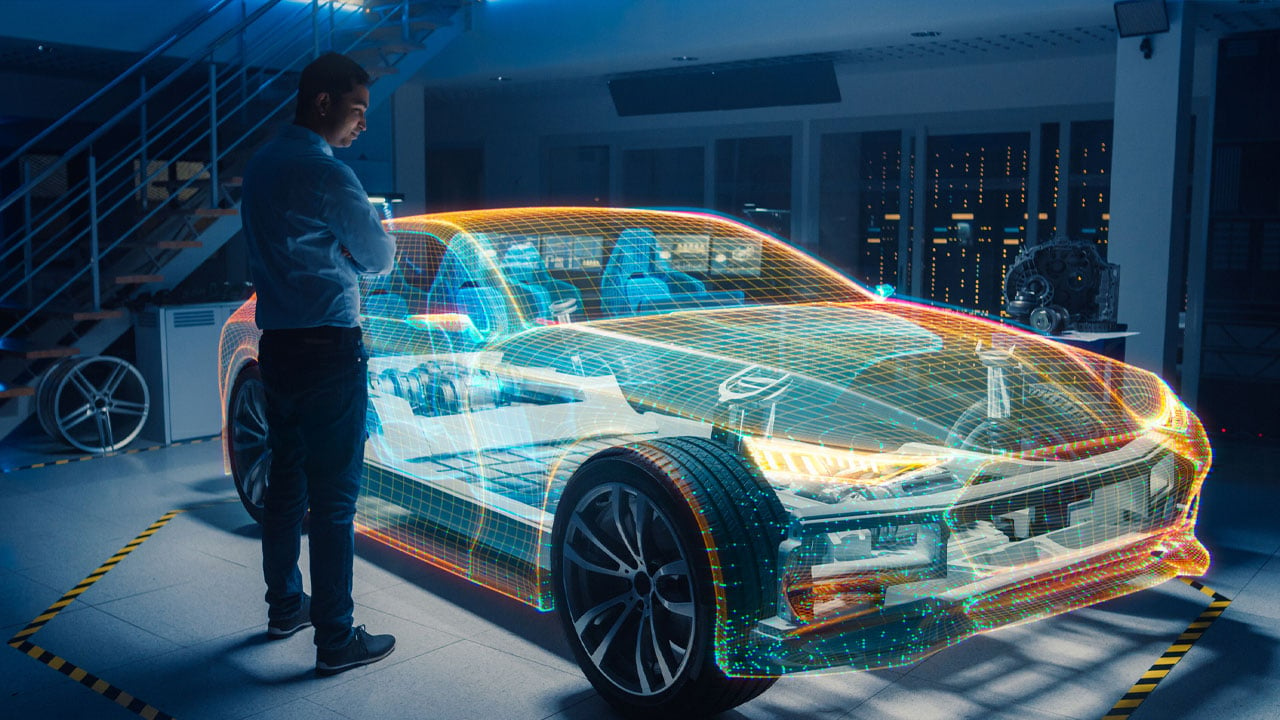In Search of Brand Recognition, Hotels Make Technology Feel More Human
by Kirsten Nelson
Ah, hotels. Those amazing spaces where countless paradoxes need to be addressed before guests will feel content. Things must feel anonymous yet personal, comfortingly predictable and yet entirely unique, totally hands-off and yet delivered with white-glove service, and of course, global yet local.
Pressure to solve for all of these contrasting expectations is increasing as a result of another paradox: Massive growth both inside and outside of traditional hospitality, creating rival competition in the form of home sharing and a super-saturation of new hotel properties and brands. Even the conglomeration of hotel brands hasn’t stopped the progress of new names in the market, as the big entities spin off smaller, more relatable, niche-specific options.
 Crown Resort, Perth (Credit: Coherent Design)
Crown Resort, Perth (Credit: Coherent Design)
Technology can help address these many paradoxes, making this a fine moment for novel implementations of sound, video, lighting, control and networking. Driven by a need to stand out in a crowd of options and also deter guests from home-sharing alternatives, hotels are activating some clever combinations of entertainment and user-experience technologies.
Unlocking Guest Loyalty
Let’s start with that favorite buzzword from across any industry: “Storytelling.” These days, everyone loves a story about any product they buy, service they use or place where they stay. Guests are seeking to share the cultural touch-points associated with a brand — whether a hotel is known for its dreamy beds or a wild atmosphere that replaces sleep with entertainment.
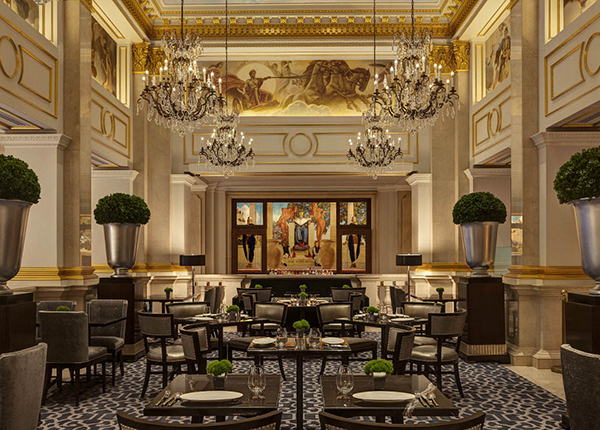 St. Regist Hotel (Credit: Mode:Green)
St. Regist Hotel (Credit: Mode:Green)
These days, guests choose hotels like they choose everything, searching the array of options online for the exact right combination of features that meet their specific needs. So how do hotels compete in this short-attention-span quest? By telling a very specific story.
There is a longstanding blueprint of hotel image-making which brands continue to propagate, and it’s doubly advantageous for those looking to add technology to these spaces. There’s a this existing concept called boutique hotels, and they figured out the unique-and-repeat formula that guests now endlessly crave.
The effectiveness of that differentiating, infinitely shareable model has led to a reformatting of hotel branding tactics. Where once the goal was to create a consistent experience in every location of a national or global chain, now that experience needs to feel unique but personal in the sense that a guest likely chose the hotel as a reflection of their own individual “brand.”
From the entrance into the space, that means the music, the check-in experience, the video content, the lighting and even the scent needs to be designed to demonstrate one cohesive idea. Then in the guest rooms and on-site amenities, that storyline needs to continue.
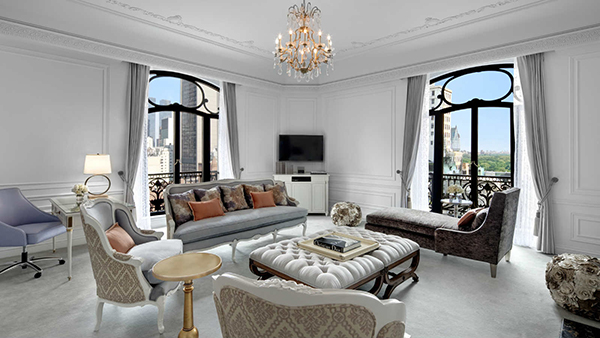 St. Regis Hotel Room (Credit: Mode:Green)
St. Regis Hotel Room (Credit: Mode:Green)
“So what does that mean from a technology standpoint?” asks Bill Lally, President of hospitality technology specialist Mode:Green. “It means technology should enhance the guest experience, not get in the way. And we need to enable the hotel brand to own the customer from the time they check in to check out and back again.”
He notes that this technology challenge goes way beyond the traditional audiovisual elements into database management and rewards programs, customized hotel apps and more, but in some ways it’s familiar terrain: “It’s the equivalent of the unified communications world for hotels. And that means making sure integration works properly.”
Personalization of the Guest Journey
To truly own the guest throughout the visitor journey and beyond, we get into another big buzzword: Data. That monolithic concept is the link between hotels’ creature comforts and their technological manifestations. More and more often, hotel apps are used for unlocking doors and controlling lights, drapes and entertainment technologies in guest rooms. And those same apps and Bluetooth-enabled mobile devices are connected to a property’s Wi-Fi, creating a perfect tracking device for the visitor experience.
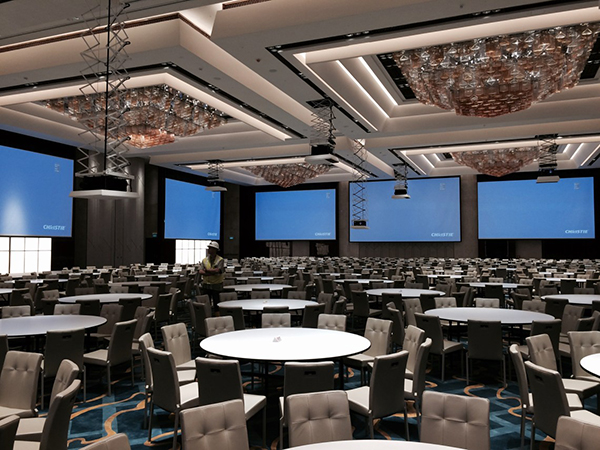 Ballroom in Galaxy Macau (Credit: Coherent Design)
Ballroom in Galaxy Macau (Credit: Coherent Design)
Scary as it might sound, ultimately the trade-offs are positive. “It’s going to give you a better guest experience,” observes Kevin Potts, Principal with Coherent Design. The “geofencing” that high-end resorts, casinos and hotels are currently using will trickle down to nearly all properties in the next decade, he notes.
Having worked on designs for some of Las Vegas’ best-known properties (Wynn Resorts, Resorts World Las Vegas, and the upcoming Circa), as well as the Galaxy Macao and others on a global scale, Potts has seen the connections between thousands of guest rooms and a new array of tech-enabled resort amenities. Based on your movements around a property and the purchases you make (with tap-to-pay digital wallets, of course), special offers and customized service are presented via the hotel app.
In-room tech can also be controlled via the app, of course. Still relatively rare but very much possible, apps can operate lights, drapes, televisions and thermostats. And all of your preferences for those devices can also be programmed via the app, enabling a consistent guest room experience across any property in a hotel chain. Once checked in, the room temperature, television channel, music options and shade settings will be set to your favorites.
Then, using in-room occupancy sensors, Potts adds, “they're gonna be able to do the same thing from a ‘green’ perspective, and turn it all off when they see you leave.”
Another thing to think about when guests leave, from an integration standpoint, is how to disconnect from all those personal logins and leave a clean slate for the next guest, cautions David Schwartz, President of Essential Communications. An integrator with long-term relationships with what many in hospitality cite as two of the original boutique hotels, SoHo Grand and The Roxy, among other hospitality clients and high-end fitness chains, Schwartz observes: “Smart TVs and apps are very hot in hotels, but the challenge in hospitality has always been the fact that we’re dealing with what we call transient users. They come and go. So the challenge becomes, how do you log in with a personal account, and then log back out so the next guest isn’t using your subscription?”
We’re not far from a solution there, Schwartz reassures. And indeed, as Potts also points out, the TV, the lighting controls, and all these devices are just network appliances now. So, with a bit of backend finesse, remote operation via IP is possible.
Even More Brand-Specific
Typically, a guest will tend to participate in an app’s offerings more, and hence, share more data, if they feel particularly connected with a hotel brand. That bond is fostered through each digital and physical aspect of a location, beginning with architecture and interior design, and then expanding into those more nebulous aspects of atmosphere: music, video, lighting and scent. The good news is, these all too often overlooked elements are now getting more attention design process.
Music, in particular, has moved to the foreground over the past 15-20 years. “Background music has been placed in the same realm as design — it’s left the world of afterthought and become something that actually gets planned,” observes Jared Dietch, a specialized curator and music service provider who works with mega brands and boutiques alike. “If you ignore music, it’s affecting every other design decision that’s made. So now one of the main challenges for hotels is how to find music partners who can help see a vision through.”
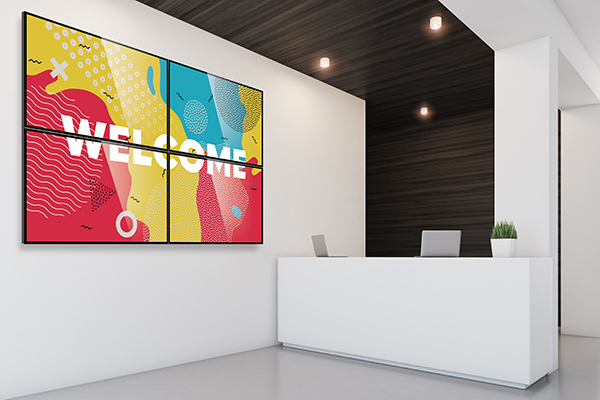 Mock Hotel Lobby (Credit: Mood Media)
Mock Hotel Lobby (Credit: Mood Media)
Part of that challenge is the paradox of being local and yet global. When opening new locations, hotels are looking to local styles and cultural favorites to influence the vibe. But they can’t lose sight of their overall brand image. “A hotel in one part of the country may be different than a hotel in another part of the country within the same brand, but they're trying to make a similar statement,” Dietch explains. “It doesn't need to feel exactly the same, but you need to understand where you are from a brand perspective. And then on the other side of that is brands that are trying to make local statements or unique statements that are more individual.”
Hotels are fulfilling so many more purposes now. The mobile workplace is taking over more public spaces, while the spa and other wellness-focused areas require the addition of multi-colored therapeutic lighting or the more subtly-hued “natural lighting” that shifts with daylight patterns. Then there’s the food and beverage angles, which have their own list of expectations and goals. All these areas require integrated sound, video, lighting and control.
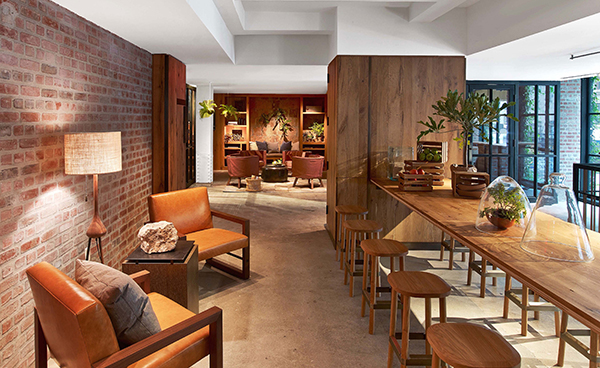 1 Hotel Central Park (Credit: Mode:Green)
1 Hotel Central Park (Credit: Mode:Green)
An array of purposes used to mean a hodgepodge approach to atmospheric design, but that’s also changing, according to Andia Gurlit, Creative Director of Music Design with Mood Media. “People are caring more about the overall experience, not just music, but creating something that feels more signature or more tied to the brand, whereas in the past everyone just wanted to create a comfortable experience. People are connecting it more throughout the property and creating more of a creative concept.”
It’s worth the effort, Gurlit notes, because a cohesive feeling presented throughout a space makes it memorable, and that keeps people coming back. And, she adds, just like the fancy new custom toiletries and all the other carefully selected, brand-specific elements that are going into the rooms, the sound also has to be high-quality. Scrimp on the audio gear, and you ruin the overall feeling, she cautions: “If you have the music up pretty high in the lobby and it's just buzzing and annoying, then you kind of wonder, ‘Well, what's my room going to be like?’”
Music also must match the mood, which is not exactly new, but today there is more thoughtful application of dayparting in hotels. Beginning with breakfast and progressing through morning check-out, afternoon check-in, then evening and late-night moments, music curators work with hotel clients to think about the formal qualities they’re seeking in their sounds.
To get the picture right, rather than asking for specific songs or artists, Gurlit works with hotel clients to identify the feelings that a brand wants to create in a space. “You want to create a ‘light and airy, easy-to-eat-breakfast’ kind of experience in the morning,” for example. And then the music selections are filtered by which audience is awake for breakfast, versus those who crowd the bar at midnight.
Beyond the Playlist
Even as hotels’ brand stories become more clear via cohesive content experiences, there are still more levels of connection possible throughout a traveler’s journey. To explore what’s next for technology in hotel spaces, we take a step back from storytelling and return to the human aspect of guest experience.
“The trends are flowing from marketing and branding to the trends of how people book travel, and the fact that many more people are using online travel agencies or apps or other ways to book their travel, and how that impacts things,” says Ryan Bukstein, Vice President of Brand with Atelier Ace.
 Sister City Hotel in NYC (Credit: Adrian Gaut)
Sister City Hotel in NYC (Credit: Adrian Gaut)
He is, of course, referring to the smart phone as a central component to travel. And having been a part of the boutique revolution from the start of Ace Hotels, the brand that is widely credited with changing the hotel experience into a hyper-local, highly coveted cultural destination, he has some interesting insights as the company launches a new iteration that is already changing everything again with its new property, Sister City.
“At Sister City we wanted to make the website really intuitive to use on your phone, and to give you an option if you like to engage with the staff via your phone, to do things like order new towels or hangers, and ask questions and find your answers on your phone,” Bukstein explains.
But as tech-centric as that sounds, Sister City is actually the opposite of silicon madness. Instead it is highly representative of the new cohesive design style where technology is a seamlessly integrated layer of experience, there to serve the communication and connection goals and create an overall feeling that is very human.
“Sister City is meant to transport you to a bit more of a respite — a break from the hustle and bustle of New York,” Bukstein explains.
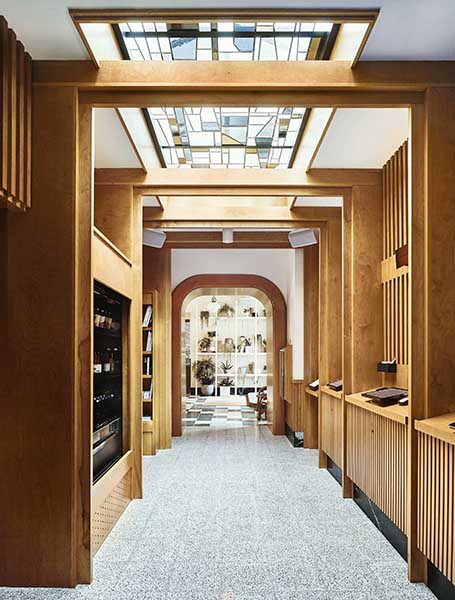 Sister City Hotel in NYC (Credit: Adrian Gaut)
Sister City Hotel in NYC (Credit: Adrian Gaut)
That idea is propagated by the “Lobby Score” that Ace Hotel created in partnership with Microsoft. Rather than playing back existing music, the lobby at Sister City makes its own music, using Microsoft AI. Taking input from a rooftop camera pointing at the sky above, the Lobby Score AI recognizes certain images and forms and plays back pieces of a composition by the artist Julianna Barwick.
“It's like the AI is taking a composition that Julianna Barwick created and playing it back almost like a conductor would an orchestra,” Bukstein says, “and there's also randomness, where there are certain little things that happen only when an event triggers them.”
The Lobby Score generates the ultimate location-specific soundtrack, which was kind of the intention. “People are so used to hearing popular music or music playlists when they walk into a space,” Bukstein says. “We found that it really impacts people, and transforms them to the place we want them to be when they're at Sister City, by having an ambient music soundtrack.”
There we have the paradoxes again. Stand out to match a brand. Be memorable but not distracting. Create calm with complex technology. It all comes together through thoughtful design and integration of sound, video, lighting and scent elements. All of these are pieces of the overall impression that hotels want to create. Then guests will remember their stay as they would a good story, and hopefully they’ll come back for more chapters.



